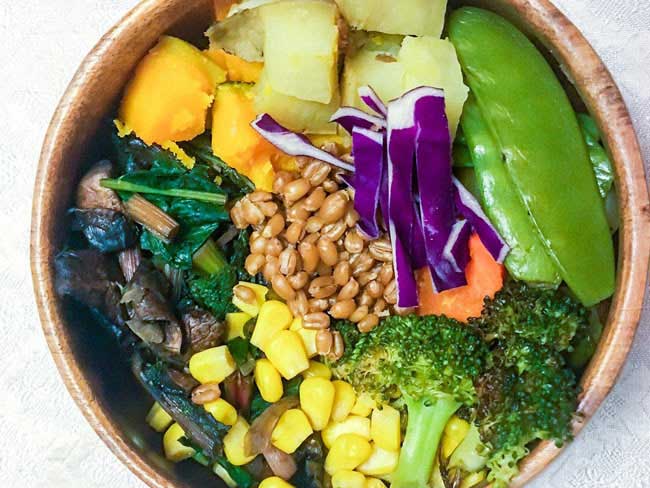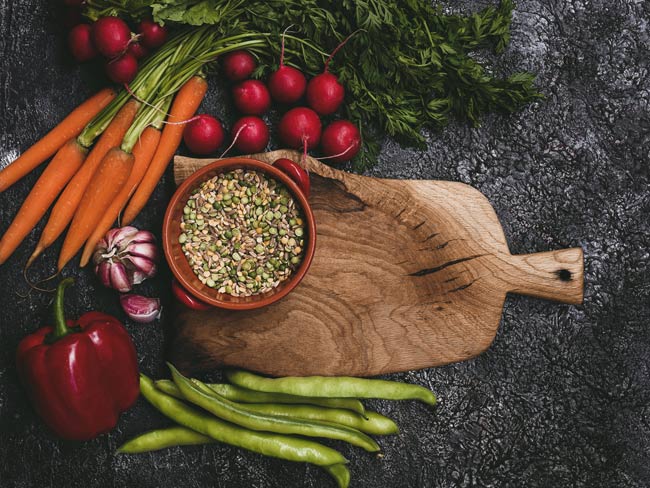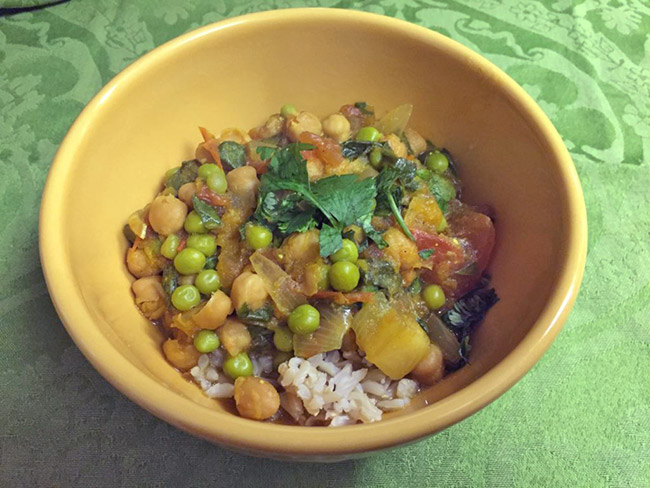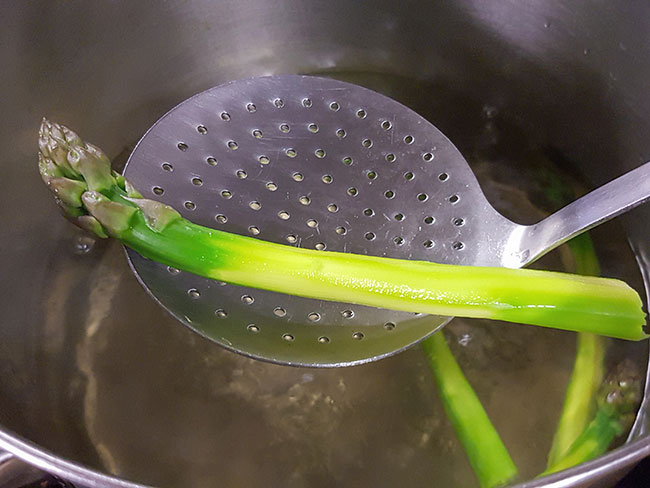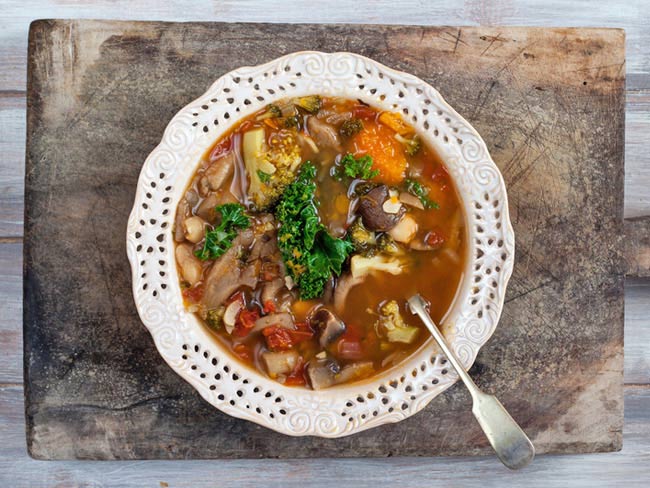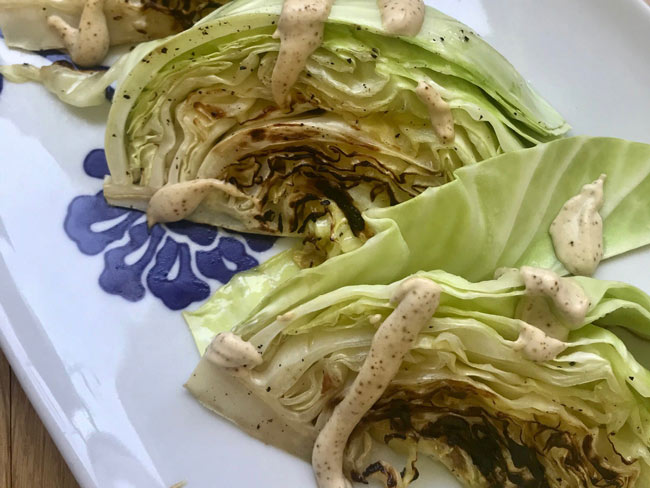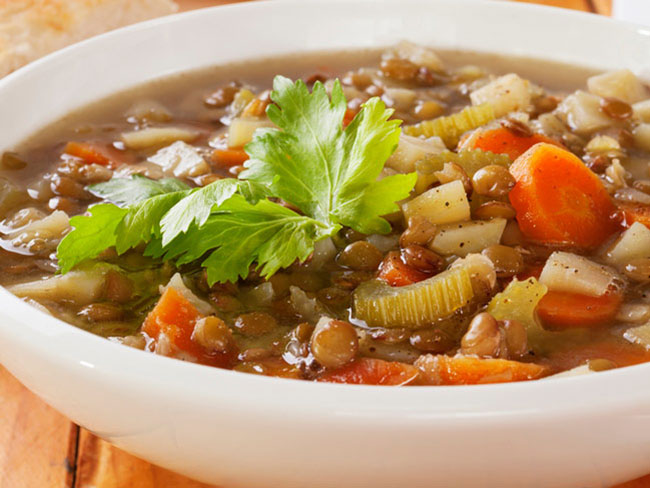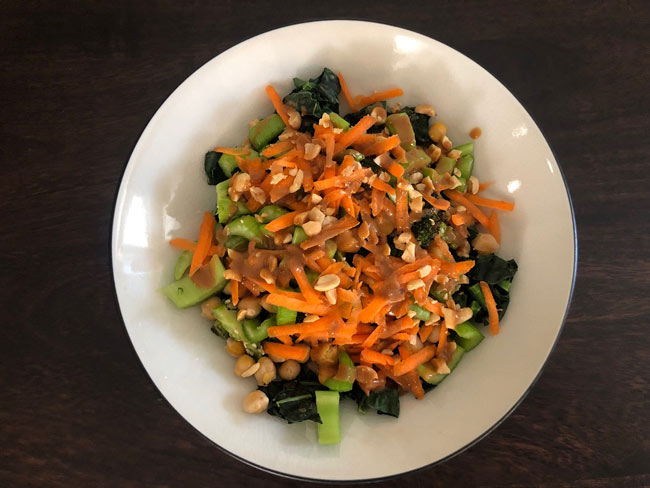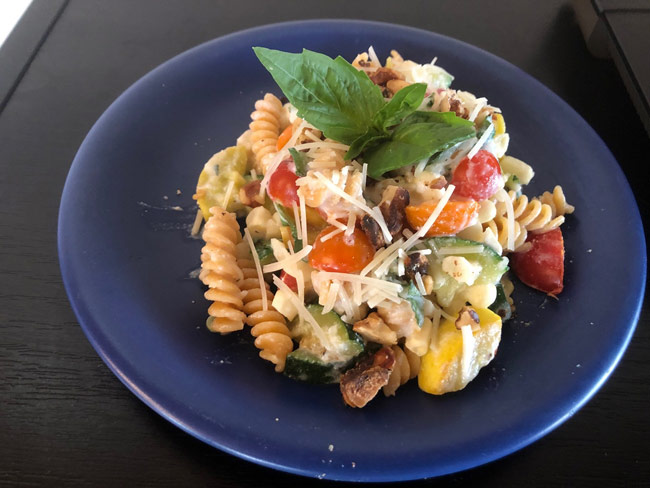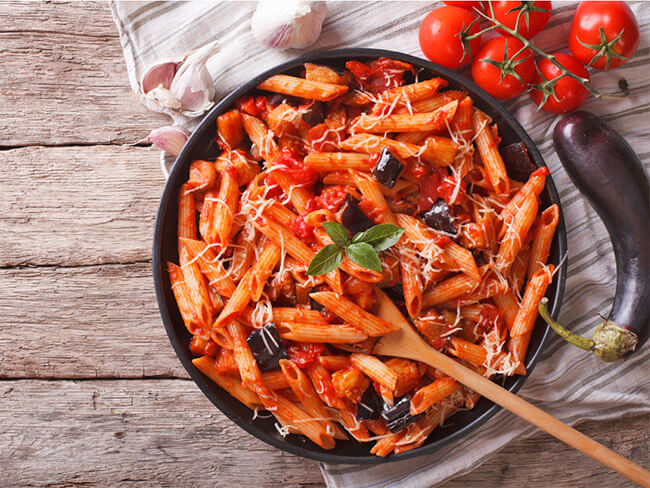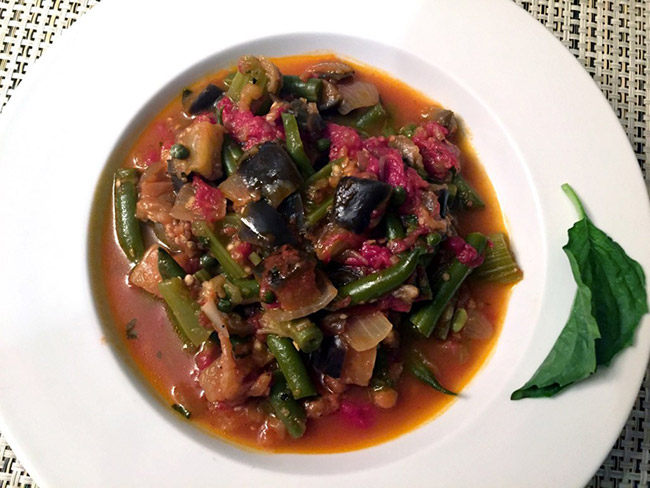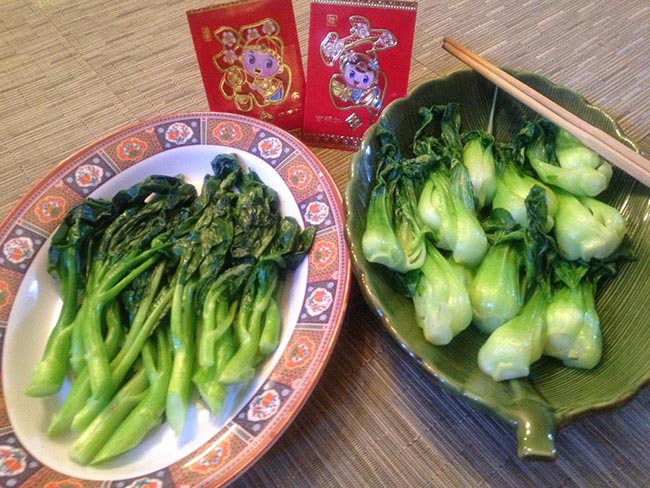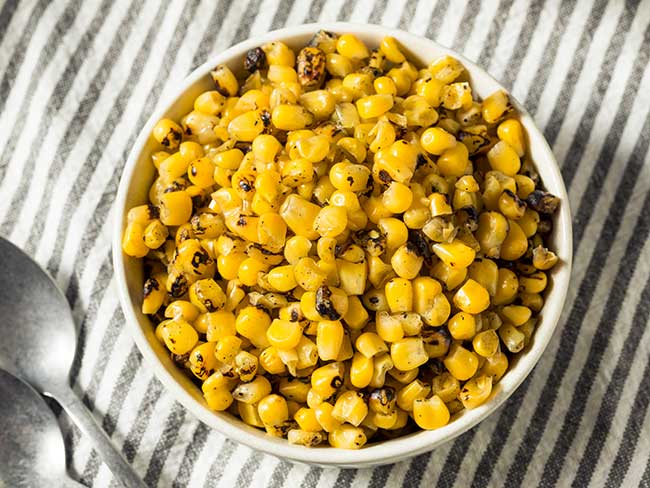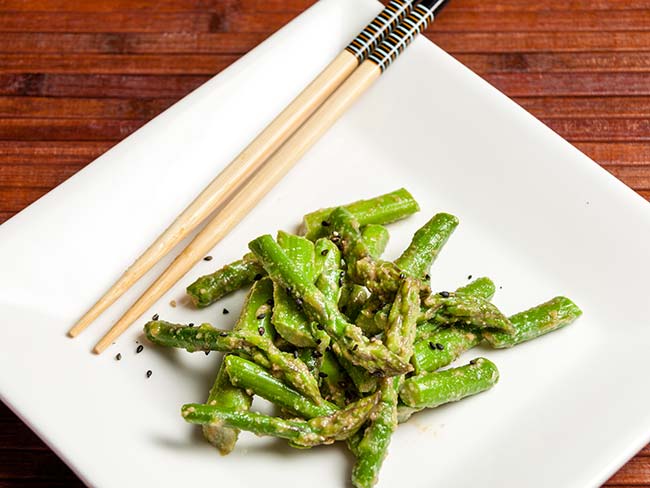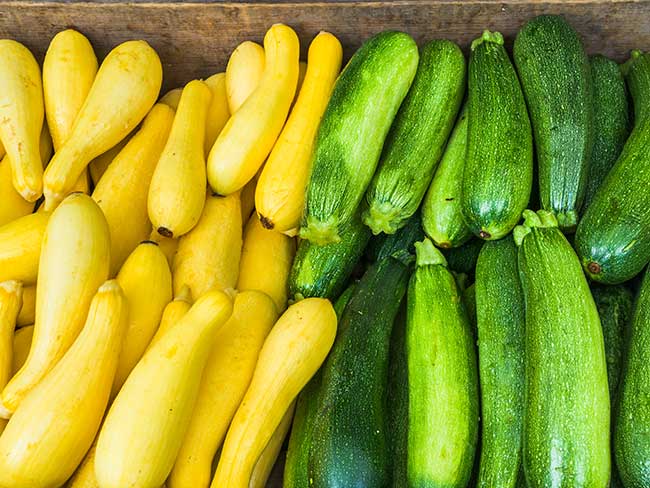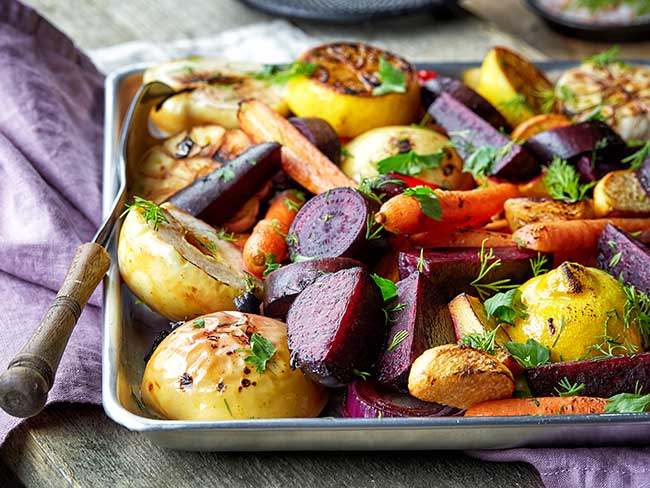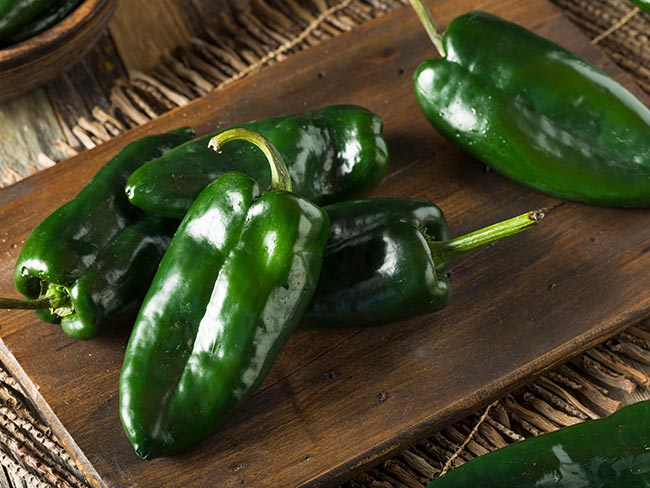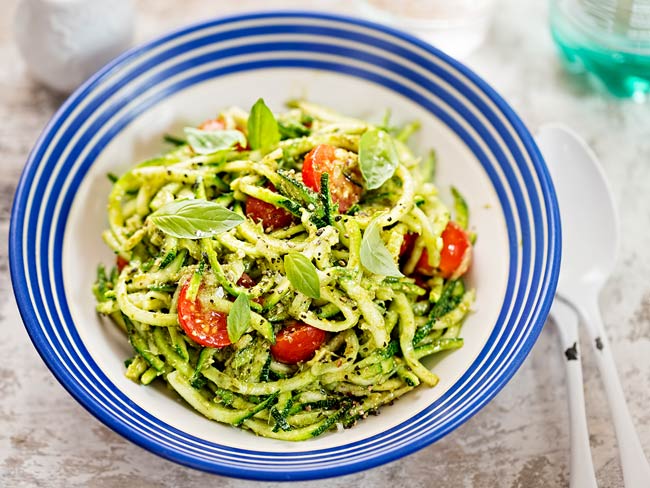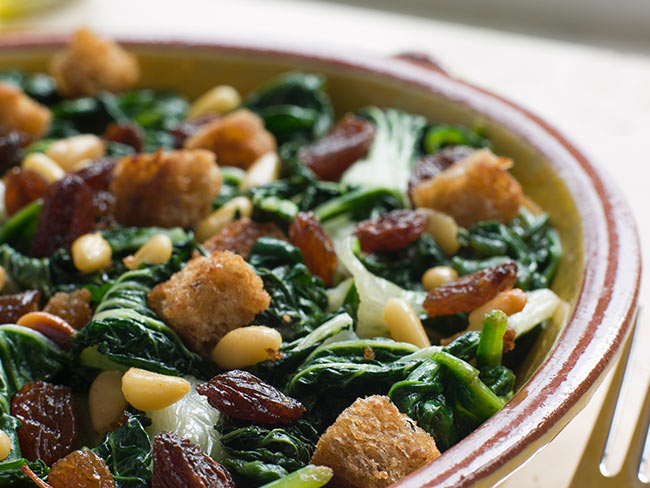10 white foods that are good for you
Filling your plate with foods that contain lots of nutrients is good for your health.
White foods can be tasty and healthy.
Eating colorful foods is a great way to get a wide variety of nutrients.
“It doesn’t mean if a food lacks color, it lacks nutrients,” said Silvia Delgado, a registered dietitian and health educator at Kaiser Permanente in Baldwin Hills, California. “Quite the contrary — many white foods are worthy of our attention.”
Here’s a list of healthy, white-colored foods along with information about what makes them a nutritious choice, and tips on how to prepare them.
Mushrooms
These fun fungi are low in calories, sodium, fat, and cholesterol. Mushrooms are a great source of riboflavin, vitamin D, and selenium, which may help prevent heart disease by lowering inflammation and increasing blood flow. A serving of mushrooms provides 30% of the daily recommended amount of selenium.
Mushrooms’ unique texture and nutritional value make them a great meat substitute. To maximize nutritional value, sauté for a few minutes, and avoid overcooking. Serve grilled as a side dish or stuff them. They also taste great in soups, sandwiches, or salads.
Garbanzo beans
Like other legumes, garbanzo beans (also known as chickpeas) are an excellent source of dietary fiber. One cup of garbanzo beans provides half the daily recommended dietary fiber. Fiber helps with weight loss and controls blood sugar and cholesterol levels. Garbanzo beans can promote the growth of healthy gut bacteria, which helps with digestion. These legumes are also a great source of protein and are rich in magnesium, potassium, and iron. Toss them in salads and soups or puree them to make hummus.
Greek yogurt
Greek yogurt provides a good amount of calcium and protein. In fact, most Greek yogurts have twice the protein of regular yogurts. Greek yogurt provides vitamin D, riboflavin, phosphorus, and potassium. It contains probiotics, or “healthy bacteria.” Probiotics improve digestion and have other health benefits. Its thick and creamy texture makes Greek yogurt an ideal recipe substitute for mayonnaise or sour cream. Be sure to choose Greek yogurt with “live active cultures” and minimal added sugars.
Garlic and onions
Garlic and onions have been long recognized for their ability to kill bacteria and viruses. Did you know that they are also great for your heart? They contain allicin and alliin. These substances may help improve blood pressure and lower total and LDL cholesterol levels. Add raw or cooked onions and garlic to salads, soups, and dressings. To maximize its health benefits, eat garlic raw.
Cauliflower
Like other cruciferous vegetables, cauliflower is a great source of vitamin C, vitamin K, folate, and fiber. In fact, one cup of cauliflower provides three-fourths of the daily recommended amount of vitamin C. To preserve its nutrients, steam or roast instead of boiling. Add flavor with turmeric or any of your favorite spices.
Turnips
With only 30 calories per cup and offering 30% of the daily recommended vitamin C, turnips are a healthy root vegetable. They add crunch and texture to your meals. Add them to salads, soup, curries, and stews. The leafy green part of the plant is also edible and packed with its own nutritious benefits.
Pears
Pears are rich in fiber, vitamin C, and copper. They’re a great source of flavonoids, a potent antioxidant and anti-inflammatory factor. Pears are naturally sweet and can be eaten plain. Add them to a salad for a different texture and flavor. Be sure to eat the skin because it contains 3 to 4 times more nutrients and most of the pear’s fiber.
Tofu
Made from soybeans, tofu has been associated with a decrease in cancer risk. Choose organic, calcium-fortified tofu as a good source of calcium, selenium, and omega-3 fatty acids. A serving of tofu (about 4 ounces) contains 17 grams of protein, making it a great meat substitute. Replacing meat with tofu can decrease your intake of cholesterol and saturated fat, which can lower your risk of heart disease. Try using fermented soy products such as nato, miso, or tempeh as the fermentation process increases digestibility and nutrient absorption. Because of its smoother texture, soft tofu is best suited for making sauces, and dips. Firm or extra firm tofu can be stir-fried, baked, or grilled.
Potatoes
Available year-round, potatoes provide almost half the recommended daily amount of potassium, which helps control blood pressure. In addition, potatoes contain resistant starch, sometimes referred to as prebiotics. Resistant starch is not broken down in the small intestine but instead feeds your body’s healthy bacteria. Studies have shown that resistant starch may also help prevent cancer, lower inflammation, and better control blood sugar. To maximize health benefits, bake or roast your potatoes. They’re also good in a soup or casserole. Be sure to eat the skin. The skin contains the potato’s highest concentration of potassium and fiber.
“For optimal health, eat a variety of whole, unprocessed foods in their most natural states,” Delgado said. “Regardless of their color, fruits, vegetables, legumes, and whole grains contain a variety of vitamins, minerals, and antioxidants that work together to help keep us healthy.”

